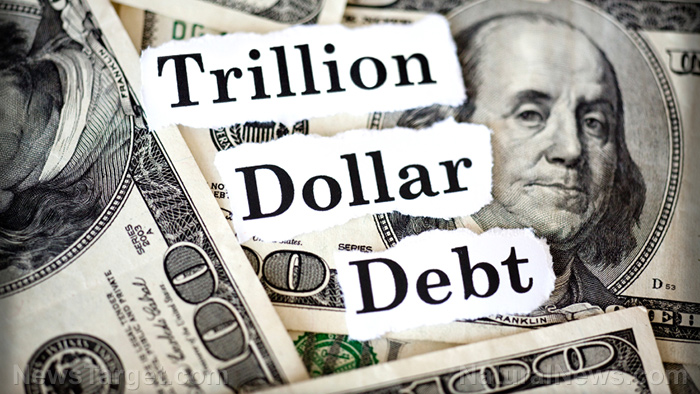 Parler
Parler Gab
Gab
National debt to climb rapidly in coming years
In July, the Peter G. Peterson Foundation predicted that the national debt would climb rapidly over the next several years, and higher interest rates could make the nation's fiscal outlook even worse. CBO released long-term projections in June which showed that debt held by the public would climb from 98 percent of GDP in 2023 to 181 percent in 2053 if no changes to current laws are made. Rising interest rates are a significant contributor to that growth in debt. The foundation pointed out in the report that interest rates on Treasury securities have a significant influence on federal borrowing costs, and therefore, on the amount of federal debt accrued. CBO constructed two scenarios to analyze the effects of interest rates on federal debt. First is the higher interest rate scenario, in which the average interest rate on federal debt is five basis points, or 0.05 percentage points, higher than CBO anticipated in 2023 and increases by that amount each year thereafter, eventually reaching 5.8 percent in 2053. Second is the lower interest rate scenario, where the average interest rate on federal debt is lower than CBO's baseline projections by the same amount in the higher rate scenario, eventually reaching 2.2 percent in 2053. In the higher interest rate scenario, government debt could reach 231 percent of GDP in 2053, which is 50 percentage points higher than CBO's baseline projections. If interest rates are lower, federal debt would still climb, but by a lesser amount, like 143 percent of GDP by 2053. "The national debt is already on an unsustainable path, caused by a structural mismatch between spending and revenues, and rising interest rates could exacerbate that problem," the institution's website pointed out, adding that a way to mitigate the risks of potentially higher interest rates would be for policymakers to put the nation on a sustainable fiscal path. Check out DebtBomb.news for more stories on America's bursting debt bubble. Watch the video below that talks about the unstoppable debt collapse. This video is from the MEGA (Make Earth Great Again) channel on Brighteon.com.More related stories:
Public NUMBS as government DEBT BOMB explodes to $33T, annual budget DEFICIT approaches $2T. DEBT BLOWOUT: US debt has soared $1.2T since debt ceiling suspension – and the Treasury expects to add another $1.5T by year's end. National debt hits record-high $32 trillion two weeks after suspension of debt ceiling.Sources include:
Breitbart.com Bloomberg.com Markets.BusinessInsider.com PGPF.org Brighteon.comU.S., Western economies weaponizing their currencies in major show of WEAKNESS, Moscow says
By Ethan Huff // Share
Pentagon fails annual audit for sixth straight year, with TRILLIONS in assets still missing
By Richard Brown // Share
Dallas, Los Angeles see largest increases in shoplifting as U.S. economy falters
By Ethan Huff // Share
Bank payment processing outages highlight risks of relying on electronic banking
By Cassie B. // Share
Governments continue to obscure COVID-19 vaccine data amid rising concerns over excess deaths
By patricklewis // Share
Tech giant Microsoft backs EXTINCTION with its support of carbon capture programs
By ramontomeydw // Share
Germany to resume arms exports to Israel despite repeated ceasefire violations
By isabelle // Share









